The Importance of Bruno Fernandes
It was around 30 mins into the Manchester derby at Old Trafford when the ball went out for a Manchester City throw in and the man wearing no.18 on his back had an exchange of words with the City manager, Pep Guardiola. A bit of back and forth ended with Bruno Fernandes practically shushing the Catalonian. A short 5 second altercation showed exactly what Manchester United were missing prior to the Portuguese’s arrival in the January transfer window.
Manchester United’s 19/20 season up until the end of the January transfer window had been a huge roller coaster ride. This was a team which could go toe-to-toe with Europe’s finest on their day but fail to win a match they should be comfortably winning on some other day. The young squad assembled by Ole Gunnar Solskjaer had potential which was clear to see, but after a few good performances and results, their inconsistent form again dipped and a 2-0 loss to Burnley showcased just how poor United looked on their bad days. The performance was lacklustre and uninspiring much like the season till that point, and if United were down, there was usually no coming back from it.
“When the going gets tough, the tough gets going” – United lacked someone ‘tough’. A strong personality, a vocal leader, someone who can make a difference when the chips are down and in that process rally everyone around him too. The 2-0 loss to Burnley was followed by United acting swiftly in the transfer window and securing the signature of Bruno Fernandes from Sporting Lisbon for a reported 47m pounds fee (excluding add-ons). Fernandes made his Manchester United debut the following weekend against Wolves at Old Trafford and his impact was easily seen.
The match ended 0-0 but Fernandes was the best player on the pitch. Constantly demanding the ball, finding pockets of spaces to drift into, Bruno was taking charge. In fact, he was even constantly instructing and talking to teammates and telling them what to do, something about his personality that is known by everyone close to him. This was the type of impact he had after training only for a single day. The goalless draw was followed by 2 consecutive league wins against Chelsea and Watford with Fernandes having a say in both those games. Early signs suggested that the red devils had made a wise investment. Two comfortable wins in the FA Cup and Europa League and a tough draw at Goodison Park followed and then it was time for the Manchester derby.
Fernandes had set up Anthony Martial from a quick freekick earlier in the game and then came the altercation with Guardiola. It was at that moment some started to think United had finally found their talisman, their leader, their ‘strong personality’ in the dressing room. The match ended with United winning 2-0 and they looked comfortable in doing so. The 26 year old’s impact had made the team play better and everything around Old Trafford looked like it was falling into place.
The Derby was the last game played at Old Trafford before the pandemic put a stop on all the footballing activities. After the resumption of football, Manchester United were arguably the best team in the league for the remainder of the season.
Manchester United went unbeaten for the remainder of the campaign upon resumption. In fact, the red devils didn’t lose a single game in the league since Fernandes made his debut against Wolves on the deadline day of the winter transfer window. The first match they lost which involved the Portugese was the 3-1 defeat to Crystal Place on the opening day of the 2020/21 season. His immediate impact was for everyone to see. The 26 year old contributed to 8 goals and 7 assists in the Premier League last season, no other midfielder in the league contributed to more since his debut last season.
Bruno Fernandes has now scored 18 goals and provided 13 assists for Manchester United in 33 appearances across all competitions, that’s 31 goal involvements in 33 appearances – an outstanding record. In the Premier League, he has scored 13 goals, only Liverpool’s Mohamed Salah has scored more since Fernandes made his debut. He became notorious for ‘only scoring penalties’ towards the end of last season but he has scored more non-penalty goals than any other midfielder in the league since he made his debut.
If we look past the goals and assists, he also became the first Manchester United player to win back to back Premier League Player of the month awards since Cristiano Ronaldo and was also named as Manchester United’s player of the year despite having been here only for half the campaign. Fernandes also has won 5 man of the match awards for Manchester United so far. He also has a 4.4 sca/p90 which ranks him 10th in the league. SCA means shot creating actions such as a pass, dribble or even a tackle.
Courtesy of Statsbomb and football Slices, Fernandes’ percentile rank compared to the midfielders in Europe’s top 5 leagues is exceptional.
Some of the stats like the pass completion rate or his non-penalty xG per shot may look a bit low but that showcases his playing style. The Portuguese isn’t afraid to take risks. If there is even a slight chance of setting someone through on goal or even if he gets half a yard of space from a shooting area, he will go for it.
In football, the great players have this exceptional ability to make everyone think that something is going to happen when they have the ball. Fernandes is one of them. He constantly demands the ball is played to him and wants everything to go through him. Players around Fernandes are prepared to go the extra mile too, making constant runs and finding spaces in dangerous areas for the 26 year old to pick them out with a pass, because they know he has the ability to do exactly that.
Tactical Analysis
Francesco Guidolin managed Bruno Fernandes when he was at Udinese and the Italian manager claims that Fernandes is one of the most intelligent players he has ever managed. He isn’t the only one to heap praise on the Portugese midfielder, the sporting director who took Fernandes from Boavista’s academy to Novora says “he is the most intelligent person I have ever met”. From using post-it notes to learn new languages and watching the replays of his games right after it is over, Fernandes uses every shred of his brain and his natural talent to become the player he is.
It is easy to see how intelligent he is. For example, the goal he scored against Newcastle shows how well he reads the game.
Here, he starts United’s counter attack intelligently linking up with van de Beek with a backheel and sets of running. Van de Beek passes to Mata, who releases Rashford and the counter attack is in motion.
Rashford receives the ball wide left and continues running into the vacant space which prompts Fernandes to go inside in case the Englishman decides to run it wide and put in a cross.
Instead, Marcus Rashford decides to cut in and take on Jamaal Lascelles which makes Fernandes make a move towards the outside. In the image, the moment Rashford goes inside, Fernandes starts going towards the outside.
The Portuguese continues his run and Rashford expertly finds him after drawing 3 defenders towards him. Fernandes then takes a touch and then finishes it into the top corner beating Karl Darlow.
He reads and understands the game very well and even if his stats seem unbelievable, he can impact games and goals without being directly involved in the goals as well.
In the 3rd goal that Anthony Martial scored against Sheffield United last season, Fernandes didn’t have an assist but was still involved heavily.
He receives the ball from deep through Paul Pogba and instantly gives it to Martial behind with an expertly executed backheel, catching the Sheffield United defenders off guard.
He then makes a move towards the box while Martial finds Rashford out wide in the left side half space.
He sees Martial making a run inside the box and instantly drops back to provide another passing option to Rashford.
This catches defender John Egan off guard, who is left ball watching and fails to cover Martial who expertly chips the keeper to complete his hattrick.
One largely underrated aspect of Fernandes’ style of play is his heading ability and his ability to get into positions of scoring a free header. Now his heading ability isn’t as polished as that of the likes of Cristiano Ronaldo or Robert Lewandowski but his movement and his ability to understand the game allows him to find spaces in order to find a free header inside the box.
He scored a headed goal against Everton by sliding in between the two centre backs and connecting from a Luke Shaw cross.
Here, he is inside the box waiting for Shaw to deliver a cross, as soon as Shaw puts his foot to the ball, Fernandes flicks on the switch and makes a run in between the CBs
He meets the cross, fairly unmarked and then slots it home beating Jordan Pickford in the Everton goal.
What makes Bruno Fernandes so special is his hunger and drive to always improve and be better. “He wants to be the best”, says Giraetta, speaking to Jack Lang for The Athletic. He watches his games in their entirety as soon as he reaches home, even if it’s 2:30 in the morning. He watches them irrespective of the result, when they have won, drawn or when they have lost. Especially, when they have lost. He has a constant drive to become better than he already is.
For people close to him, they have said he has always been like this. It doesn’t matter if Bruno is playing street football with his elder brother and his mates or if he’s playing with Cristiano Ronaldo for the national team, if there is something he doesn’t agree with, he will say it. He is expressive, an extrovert, and very blunt about his feelings. When Luuk de Jong scored the winner to take Sevilla to the Europa League finals and knock Manchester United out of the competition in the process, a footage was floated around the social media sites of him arguing with Victor Lindelof. Another footage came across when he was seen kicking the door, much to the dislike of the security guard present, after he was sent off in a match he played for Sporting Lisbon. “I’ll pay for the door, you can go f*** yourself” were the words coming out of the 26 year old’s mouth. A true indictment of his personality, he just cannot keep it inside.
The altercation with Pep Guardiola is no different and that moment totally summed up what Bruno Fernandes is all about and what Manchester United had been missing prior to his arrival. A strong personality who will constantly expect better from himself and from those around him and won’t be afraid to speak up whenever required. Ole Gunnar Solskjaer said Bruno Fernandes brings the ‘X-Factor’ to the team and it’s easy to see how.
If there ever was a “Manchester United player” then Bruno Fernandes is the best player to express. His high risk, high reward style of play, his relentless work rate, his constant drive to win the ball back and demanding the ball is played to him, he is everything that Manchester United players of the old were – a fighter. Fernandes is a fighter on and off the pitch and he won’t settle for anything but the best.
Fernandes isn’t fazed by the pressure that comes with the price tag or the expectations of the fans. He does his job and whenever his team needs someone to step up, he is the one to do it. Maybe he relishes the responsibility, maybe he thrives when the odds are stacked against him.
Manchester United may have finally found their talisman in their journey back to the top. After all, the fans haven’t named him the ‘The Portugese Magnifico’ for no reason.

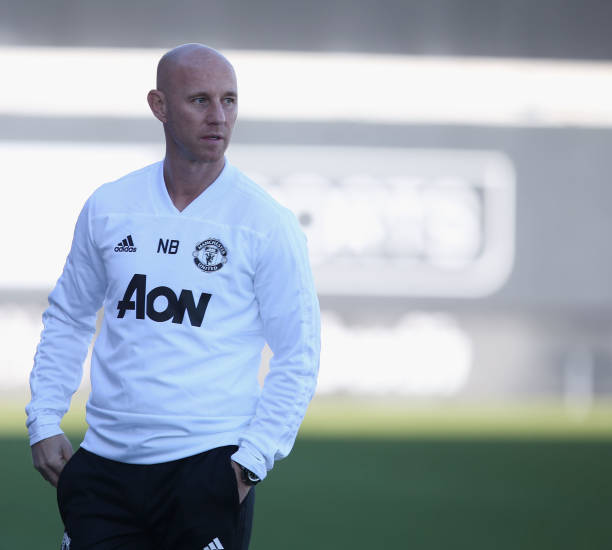
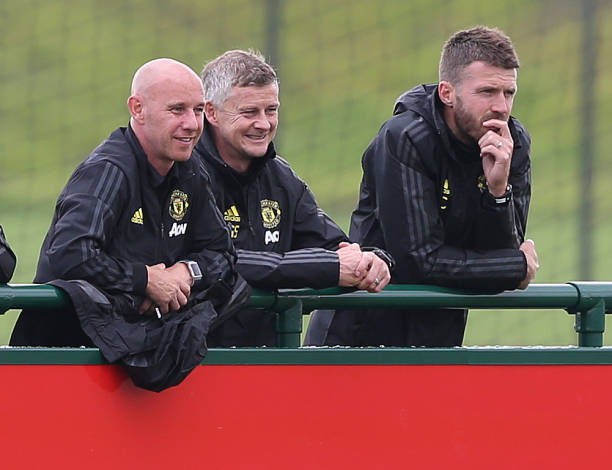
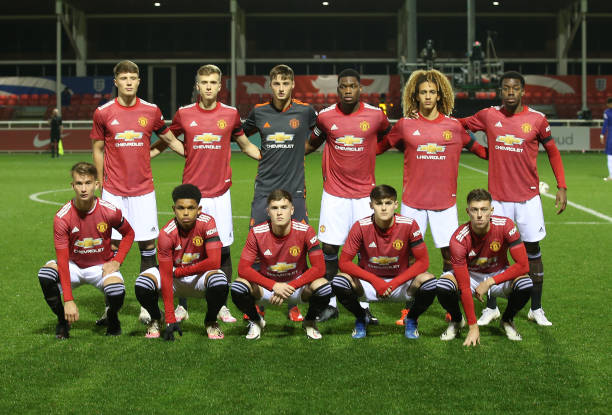
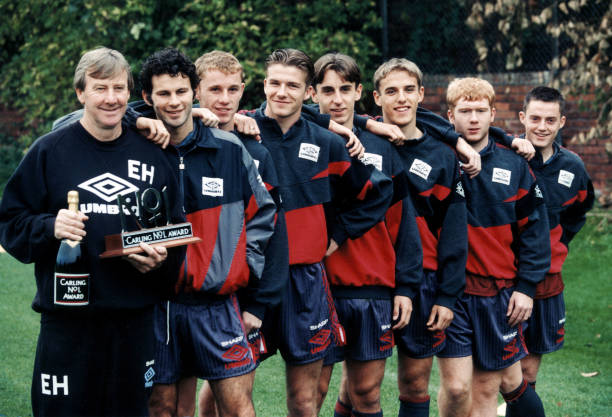
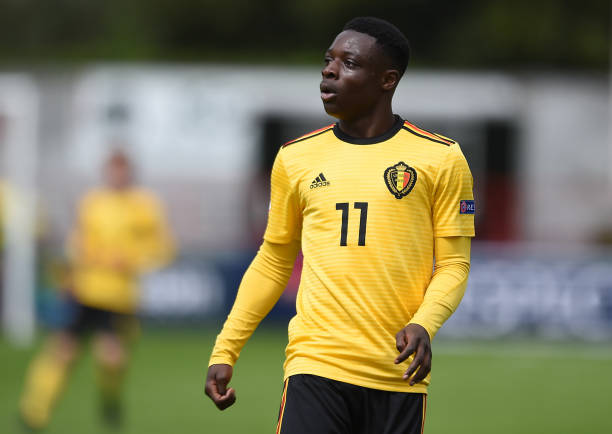
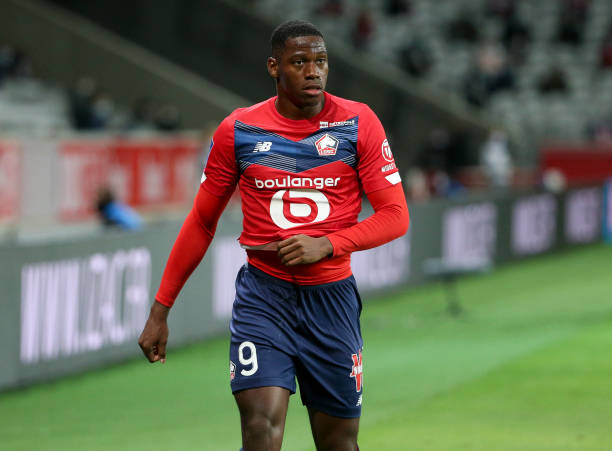
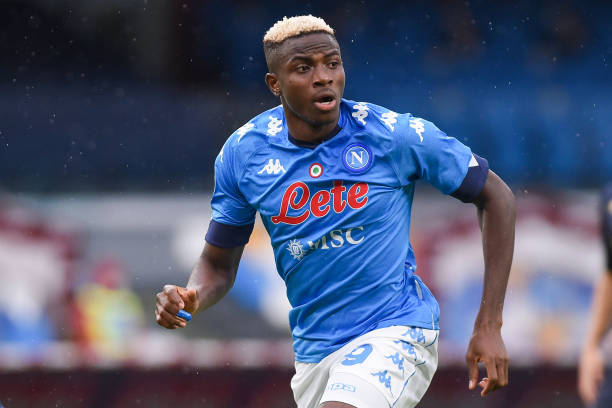
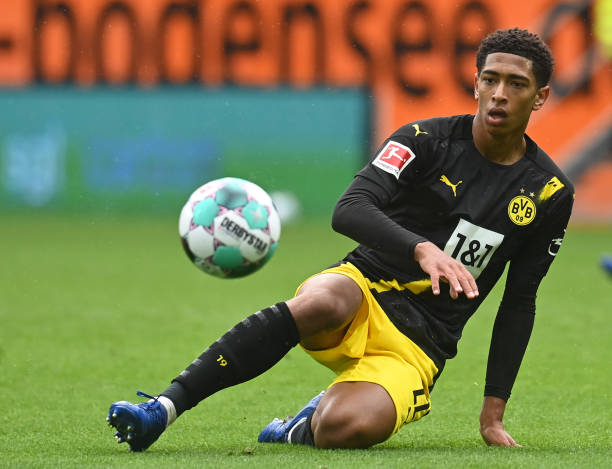
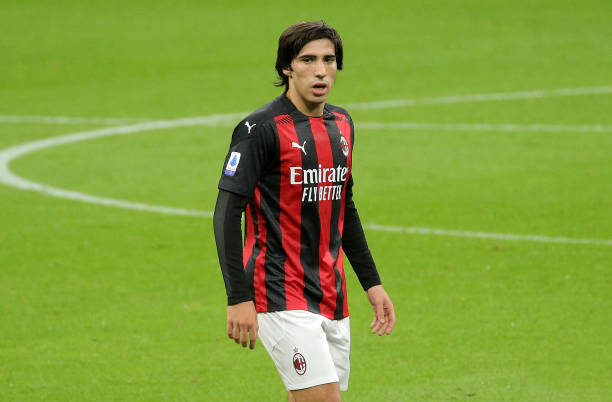
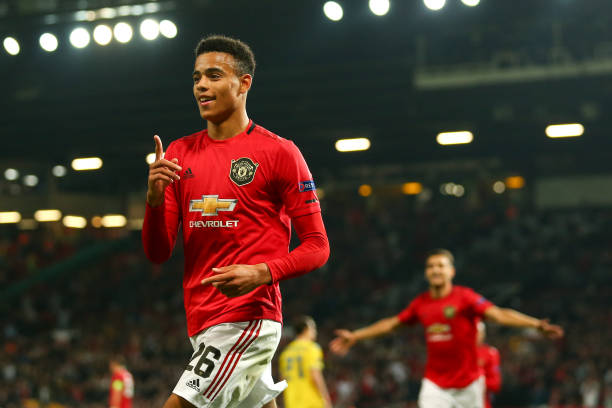
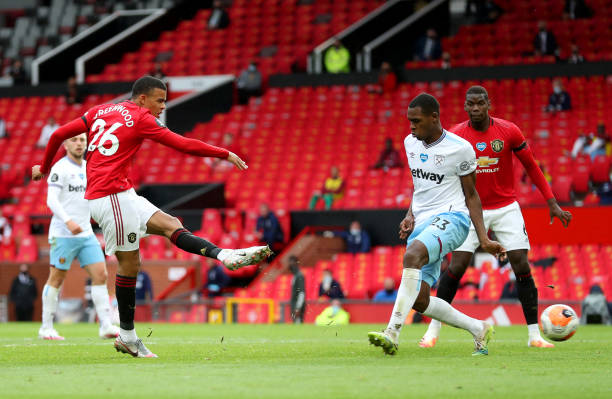




Recent Comments